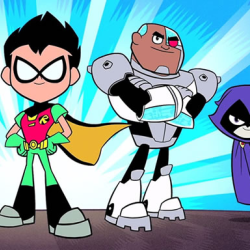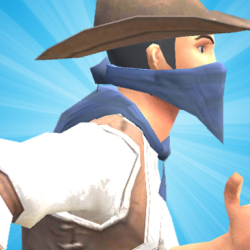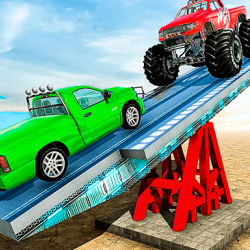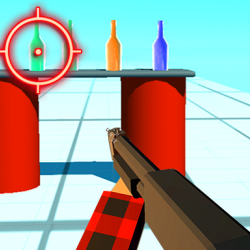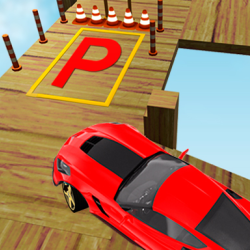Control
In game design, up and down arrows function as foundational tools for vertical navigation and selection, enabling players to seamlessly traverse menus, tweak settings, or toggle between options with intuitive input. Beyond interface control, these arrows often govern in-game actions—ascending structures, evading hazards, or adjusting perspectives—while also driving environmental mechanics like shifting platforms, altering terrain, or solving elevation-dependent challenges. This duality merges strategic decision-making with kinetic gameplay, where a single input can pivot between navigating inventory under pressure and executing a life-saving jump. By embedding these arrows into both UI and core movement, developers create fluidity, letting players transition from meticulous menu management to adrenaline-fueled escapes without breaking immersion. The mechanics thrive on tactile feedback, transforming directional inputs into visceral experiences—whether adjusting a slider to fine-tune gear or timing a descent to avoid a collapsing bridge, each press reinforces player agency through responsive, multi-contextual design.
description
A straightforward but engaging challenge, this game pits two players against each other as they manipulate paddles on opposite sides of a screen, battling to volley a ball and score points. Victory goes to whoever first hits the predetermined target.

